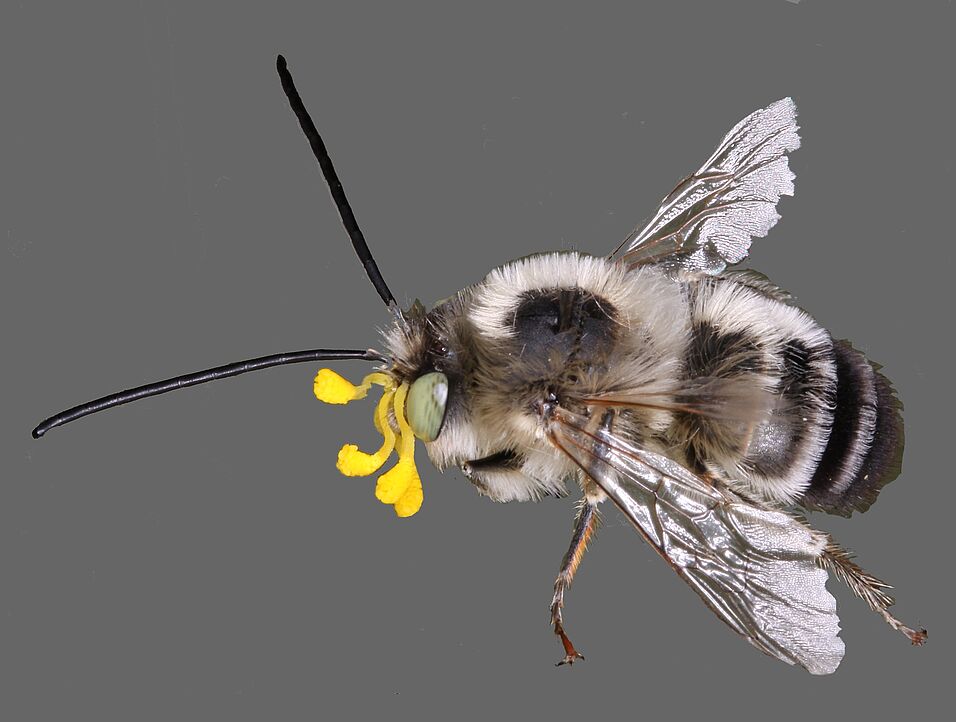Rakosy D, Paulus HF & Hirth M
J. Eur. Orch. 54 (1): 207-226.
Abstract
According to current knowledge there are three different species within the Ophrys tenthredinifera complex on the island Crete. DELFORGE (2005) had described two of them as O. dyctinnae and O. leochroma, whereas he assigned the third species to the eastern Mediterranean O. villosa. We conducted pollinator observations and biotests, proving that each taxon is exclusively pollinated by a different pollinator. Thus, Eucera albofasciata pollinates O. dyctinnae and Eucera kullenbergi O. leochroma. Whereas, the pollinator of the third taxon assigned by Delforge as O. villosa is Eucera dimidiata. However, the eastern Mediterranean O. villosa like O. tenthredinifera s.str. in the western Mediterranean area is pollinated by Eucera nigrilabris. Therefore and because of its disjunct distribution and sligtly different morphology, O. villosa has to be classified as a geographical subspecies of the nominate species, O. tenthredinifera subsp. villosa. The Cretan species within the Ophrys tenthredinifera complex which Delforge assigned to O. villosa is a hitherto undescribed species, which we describe as Ophrys dimidiata. The name is derived from its pollinator Eucera dimidiata. This green-eyed longhorned bee is common in North Africa, the Near East, and Cyprus and has its only European occurrence on the island of Crete. Ophrys dimidiata is endemic to Crete, whereas O. tenthredinifera subsp. villosa and its pollinator bee Eucera nigrilabris are lacking on this island. The description of O. dimidiata Autorenexemplar - copyright by AHO Baden-Württemberg 208 Journal Europäischer Orchideen 52 (1): 2020. as a separate species and classification of O. villosa as a subspecies of O. tenthredinifera are further supported by chemical and morphological data.

